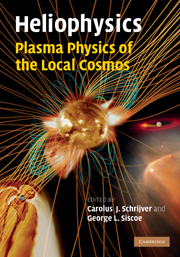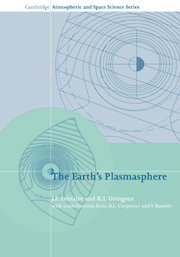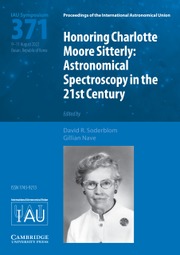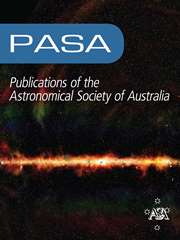Spacecraft-Environment Interactions
Spacecraft interact with the space environment in ways that may affect the operation of the spacecraft as well as any scientific experiments that are carried out from the spacecraft platform. In turn the study of these interactions provides information on the space environment. The adverse environmental effects, such as the effect of the radiation belts on electronics, and spacecraft charging from the magnetospheric plasma, means that designers need to understand interactive phenomena to be able to effectively design spacecraft. This has led to the new discipline of spacecraft-environment interactions. The emphasis in this book is on the fundamental physics of the interactions. Spacecraft-Environment Interactions is a valuable introduction to the subject for all students and researchers interested in the application of fluid, gas, plasma and particle dynamics to spacecraft and for spacecraft system engineers.
- Introductory graduate textbook in spacecraft design and how space environment affects operations in space
- Comprehensive review of the field
- A practical guide for designing reliable, survivable space systems
Reviews & endorsements
'… a valued addition to my bookshelf, as it will be to others.' G. G. Swinerd, Journal of Aerospace Engineering
Product details
August 2004Paperback
9780521607568
320 pages
246 × 189 × 18 mm
0.585kg
114 b/w illus. 41 tables
Available
Table of Contents
- List of illustrations
- List of tables
- Preface
- Acknowledgement
- 1. Introduction
- 2. Fundamental length, time, and velocity
- 3. The ambient space environment
- 4. Neutral gas interactions
- 5. Plasma interactions
- 6. The space radiation environment
- 7. Particulate interactions
- 8. The state of the art
- References
- Index.







